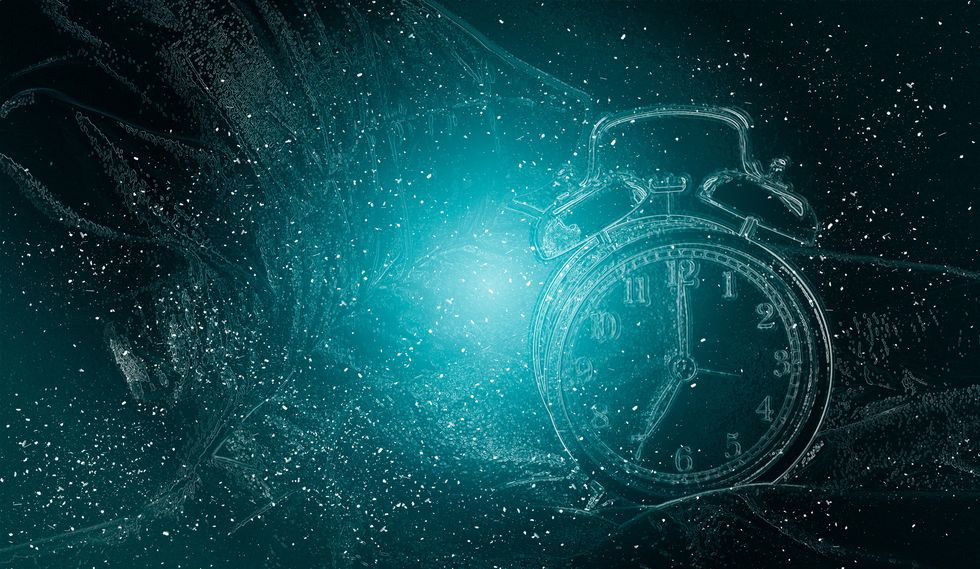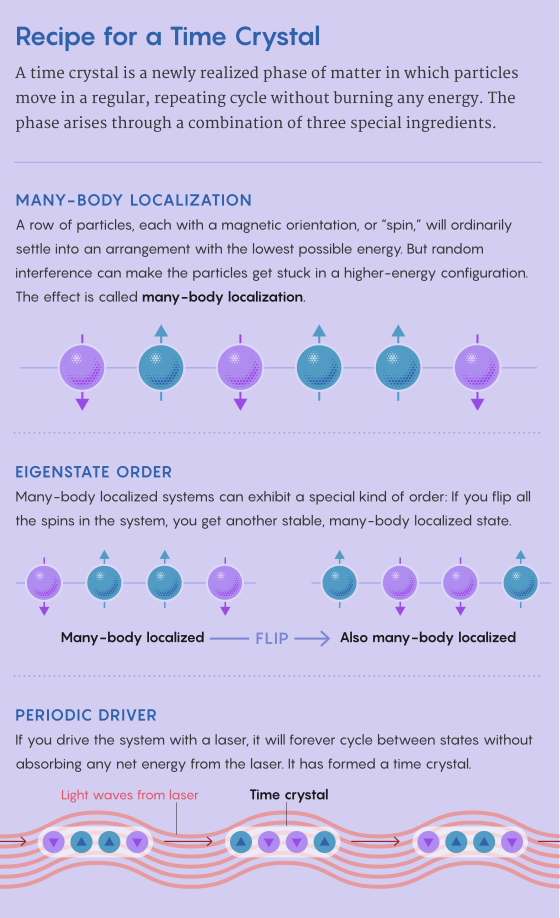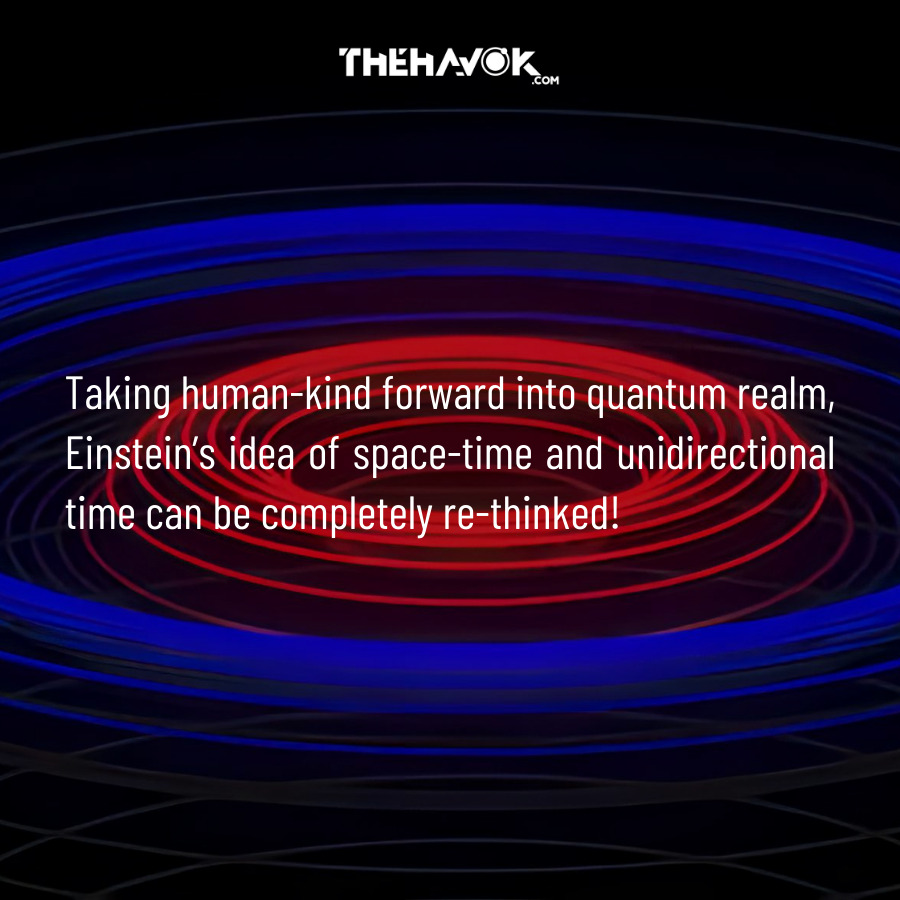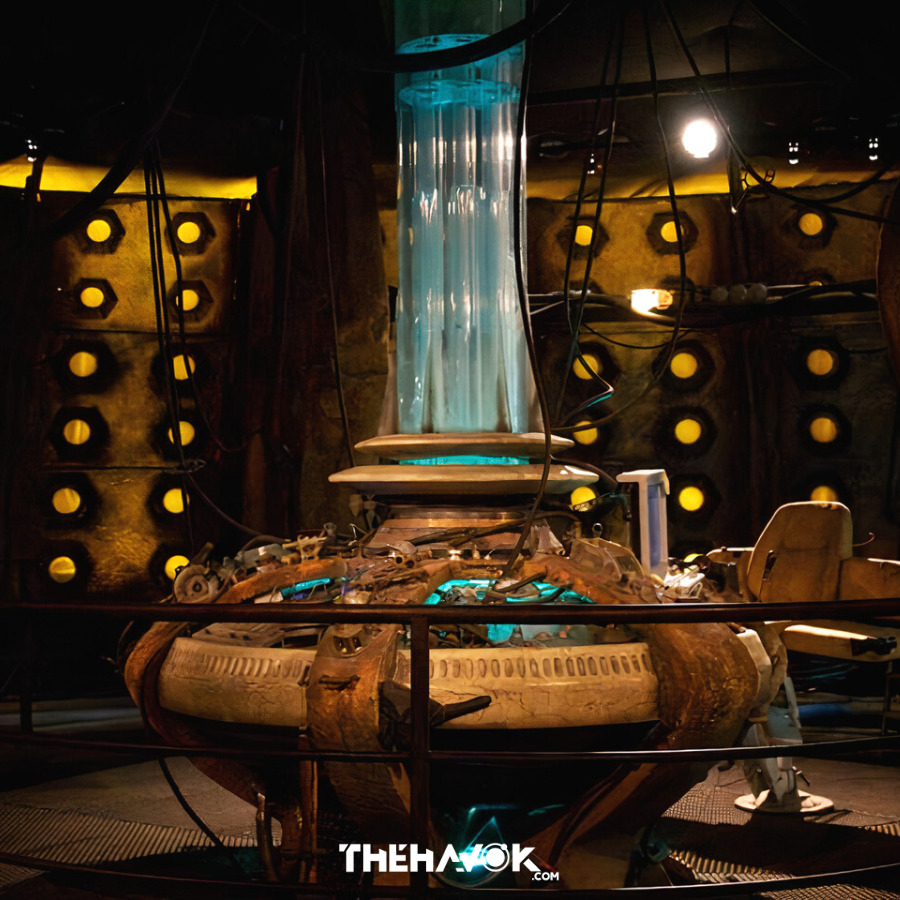“Here we implement a continuous family of tunable CPHASE gates on an array of superconducting qubits to experimentally observe an eigenstate-ordered Discrete Time Crystals (DTCs)”.
These are the exact lines from the pre-print posted in July by Google’s AI and Quantum research team working with number of scientists from Stanford, MIT, Max-Planck Institute and other leading institutes around the globe. In simple words, Google and research collaborators may just have created a completely new state of matter; Time Crystal. This was created for roughly 100 seconds (may seem less, but it’s a major breakthrough) inside the core of Google’s Sycamore quantum processor.

Sounds like some majestic spell from a fantasy world, right? Well, it surely has ability to disrupt things dramatically and drastically. And one of the most obvious applications are in Quantum Computing and AI.
But what are Time Crystals?
Most of us know that entropy (randomness) of this universe always increases, which is firmly defined by second law of thermodynamics. This means that if you want to make things in more orderly manner, you need to put more energy to it. Which is why, universe in past is more ordered than universe in present!

(Source: BrooklynVegan)
Time crystal do not follow this rule. Generally, systems tend to lower their energy or temperature to attain thermal equilibrium. But Time crystals, they get stuck between two energy states above equilibrium and cycles back and forth indefinitely. They are made of atoms arranged in space in a repeating way. And this specific design allows them to shift shape over time without losing energy. So, essentially it also violates the Newton’s first law of motion dealing with inertia. And thus, Time crystal act as superconducting materials which could conduct direct current electricity without any energy loss.
Weirdness of Time Crystals
As simple this sounds, that complicated the behaviour actually is. Consider a sealed box full of coins. Now this box is shaken over a million times ad as the coins hit surface and back, they become more and more chaotic, moving through all sorts of configurations possible. When the box is opened to reveal coins in random configuration, roughly half face up and half down.
Now, inside the Google’s Sycamore resembling to the ‘box’; quantum qubits can be compared with coins. Heads and tails position become 1 and 0 of binary system and infinite possibilities between 0 and 1 called superposition. “What’s weird about time crystals is that, no amount of shaking, or zapping from one state to another, can move the time crystal’s qubits into the lowest energy state, which is a random configuration; they can only flip it from its starting state to its second state, then back again,” von Keyserlingk says. Curt von Keyserlingk is a physicist at the University of Birmingham in the U.K.

Therefore, someone will call you a fool if you say large-scale object can behave as a time crystal. This sounds absurd, as the only rules that can enable this to exist are – Quantum Mechanics.
How Time Crystals Came at Google?
- 20 strips of superconducting aluminium for qubits, programmed into one of each possible state.
- Qubits driven to flip states by blasting a microwave beam over the strips.
- 10s and 1000s of runs were made at recordings were taken at specific intervals.
- Some qubits flipped back and forth between 2 configurations and didn’t absorbed heat either
Voila! Time Crystal made in 4 steps…

- At around 180 degrees qubits flipped between states and fluctuations were noticeably stable
- A continuous symmetry between al moments in time is achieved by qubits before transforming
- Microwave beam chops symmetry to discrete packs
- Flip with twice the period of wavelength of beam and qubits break with discrete time-translation symmetry, first objects to do this.
- Certainly, this fits the definition of ‘phase’ and a key clue obtained that
Time Crystals are phase of matter.
Thus, if time crystals are introduced to Schrödinger’s Cat scenario, radioactive atoms would decay and not decay, kill the cat and not kill, back and forth a million times over without utilizing any energy! Well, sorry cat.
The vivid and beaming future of Time Crystals
Time crystals are the next big thing of the quantum realm. One thing that was obstructing the quantum computing to reach its boundaries were Time crystals. Richard Feynman himself mentioned in his 1982 research paper that they could be used to simulate particles of any imaginable quantum state. Although it is unclear whether a Floquet Time crystal like this have actually a practical use, but stability of this level is still promising.
Qubits can have numerous possibilities in quantum computing, and time crystals can have even more. They are stable, yet pulsating at interesting intervals which might help scientists to study repeating patterns or random numbers and can have similar implications in natural sciences.

The results of this research potentially demonstrated a possibility of engineering and characterizing non-equilibrium phases of matter on a quantum processor. This can provide a direct experimental observation of an eigenstate-ordered many-body localized discrete Time crystals. The efficient verification of eigenstate order can inspire a general strategy for establishing whether a desired property, such as a particular phase, is in fact present in a quantum processor.
The discovery of Time crystals has opened up n-number of possibilities for exploration of the exotic and unnaturalized forms of matter which can be existent in the universe and beyond. Taking human- kind forward into quantum realm, Einstein’s idea of space-time and unidirectional time can be completely re-thinked!



